Merit Badge (8)
By:
February 14, 2011
Introducing the eighth HiLobrow merit badge, AiR!
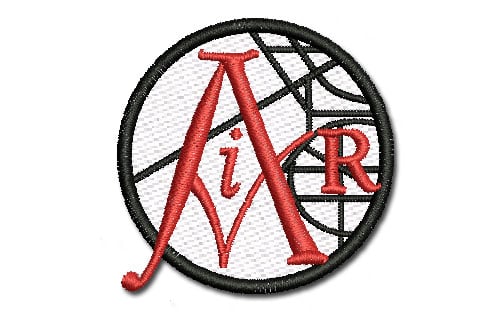
[Badge shown larger than life-size; actual size is approximately 2 inches in diameter]
AiR stands for Artist in Residence, but it also stands for virtuality symbolized by the encompassing and invisible air. And it features a capital scarlet letter! Examine any or all of these facets as you earn HILOBROW’s most challenging (and damned good-looking) merit badge to date.
To earn it: REQUIREMENTS mean something is required; all else is optional. As usual, not all of the steps may be possible, but all badges are earnable. Creativity is encouraged. If you would like to submit independent achievements for consideration, then we will consider them.
REQUIREMENTS (complete 2 or more):
1. Complete a virtual artist’s residency, at HILOBROW or another online arts or culture journal. Include several URLs to your posts, galleries or online art featured during your residency.
2. Have created online art. Include links to your work. Do you consider this different from art that’s been created offline, and posted online; like, for example, a JPG of the Mona Lisa? Why or why not?
3. Has online art found its unique voice or gesture in terms of the materials? Should it? What might that look, sound, or act like?
a. Include several examples to bolster your argument; or
b. Explain why current examples of online art do not fit your definition.
[Excerpt from Cyclops II, by LoVid, 2007]
4. Should the artistry in online art be located in the programming? Or can the redeployment of legacy forms (painting, music, writing) also be valid?
a. Provide examples to support your argument; and
b. Play devil’s advocate to yourself and provide counter-examples.
c. Discuss the issue of e-books. Should they look and act like books? What about scrolls?
Wax rhapsodic, either about the future, or about the past.
d. What about Google Doodles? Are they advertising, illustration, or art? Might they be
virtual art? Explain.
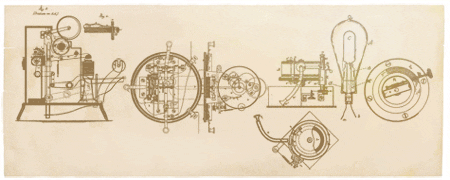
ART HISTORY (complete 2 or more):
5. The idea that one must find a unique artistic voice or gesture is a trope of Modernist art criticism. Must every artist have a unique gesture? Why or why not?
6. Summarize a few key points from Marcus Boon’s In Praise of Copying (free download). How does his thesis provide an alternative viewpoint to the Modernist critique?
7. Conceptual art provides an art-historical precedent for the virtual. What is conceptual art? Is it only about the artistry of the idea, or do the materials matter?
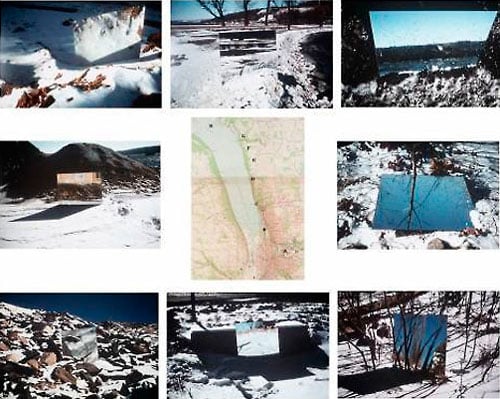
[Ithaca Mirror Trail, Robert Smithson, 1969]
8. Can conceptual art be beautiful, or would that weaken the concept? Offer examples to support your opinion.
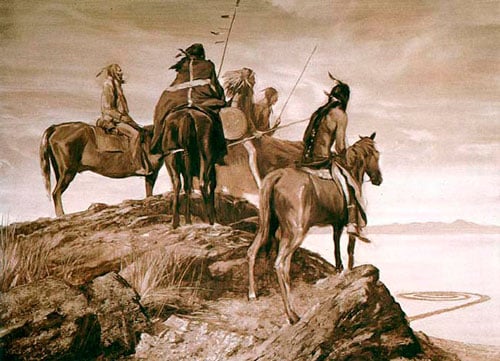
[Purity Test, Mark Tansey, 1991]
9. Provide an example of one of Yoko Ono’s Instruction Pieces. Explain what and “where” the painting is.
10. Should music be included within the category of virtual art? Why or why not? Include a link to a favorite music or sound piece.
11. What if you do it on the radio?
12. Discuss Joseph Beuys‘ idea of “social sculpture” as a process or endpoint in conceptual art. Does this include activism? Theater? Flash mobs? A passive-aggressive stance on the subway during the morning commute? If you believe that you have participated in, or created social sculpture, or if you know of someone who has, please provide a project description, explanatory diagram, or link to the activity or its documentation.
THE SCARLET LETTER (complete 2 or more):
13. In Nathaniel Hawthorne’s The Scarlet Letter, how did Hester Prynne earn her A?
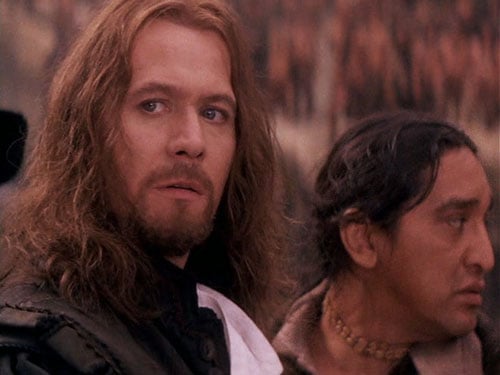
[Straight-A student]
14. If you had been Hester, would you have embellished and brandished your letter as she did? Can Hester’s embellishment be considered a precursor to Google Doodles? Why or why not?
15. The anthology Gone to Croatoan (James Koehnline, ed.) chronicles drop-out culture in America, dating back to the Puritans. Explain what drop-out options existed in early New England.
16. Would you have advised Hester to drop out, instead? If she got as far as Providence, would that count?
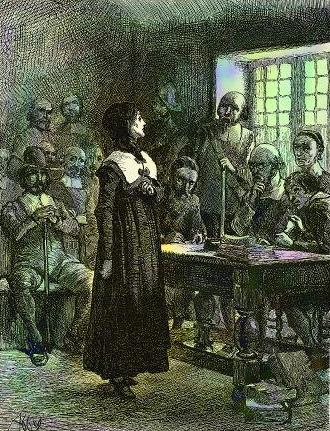
[Ann Hutchinson on Trial, Edwin Austin Abbey, 1909]
AIR (complete 2 or more):
17. Who “discovered” air? List some components of air, and their relative percentages. At the time of its discovery, was air considered the same as, or different from, “the aether?”
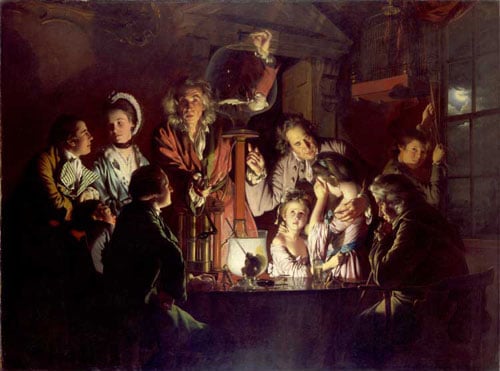
[An Experiment on a Bird in the Air Pump, by Joseph Wright, 1768]
18. Why do we breathe?
19. What is a castle in the air? If you have believed in one, or tried to build one, please explain the process. You may provide a drawing or collage to illustrate your concepts.
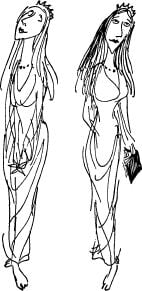
20. Who are Rhyme and Reason? Who was Lando Calrissian? How were their air castles similar, or different? You may attach images or video clips as part of your answer.
21. Pick one of the following people, and explain their contributions to communication at a distance: Guglielmo Marconi; Nikola Tesla; Philo T. Farnsworth; Thomas Edison; Tim Berners-Lee.
22. Who was Wilhelm Reich, and what was his relationship to Freud? How did he intend to control the weather? How was orgone energy said to link outer and inner weather?
23. Where do all those words go, in the air? Are they controlling the weather?
Email your name, mailing address, answers, links and any attachments to hilobrow at gmail dot com, with the subject line Merit Badge 8/AiR. Please number your answers in order.
Badges are free on a limited first-come first-serve basis; there will be a $10 embroidery fee after the free badges have run out. In all cases, HiLobrow reserves the right of final decision, which will be arbitrary.
Important: by submitting material for this badge, you agree to allow HiLobrow to publish excerpts from your submissions at some future point (either linked to your name or anonymously, as you prefer).
